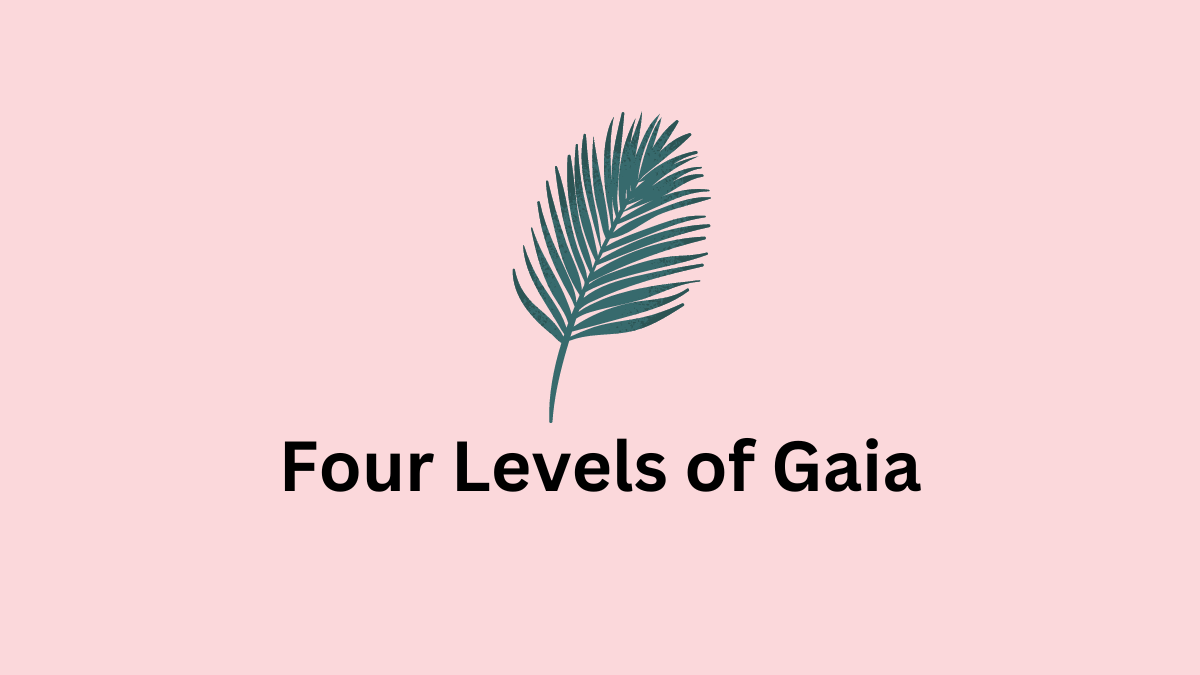Four Levels of Gaia
Following are the four levels of the Poem “Gaia” by Shreedhar Lohani:
Literal Comprehension
The poem “Gaia,” penned by Nepali poet Shreedhar Lohani, personifies the Earth as a suffering entity. Using vivid imagery and metaphors, Lohani portrays the Earth’s distress caused by various destructive forces.
The hot wind scorches the land, withering palm trees, while rainfall, typically a source of life, becomes destructive, devouring everything in its path. The seas rage, the mountain peaks contort, and time itself seem to prey on the world’s vitality.
The Earth is enveloped in a foul stench, and hunger and turbulence plague its inhabitants. Despite these challenges, Gaia endures, exhibiting remarkable resilience in the face of environmental degradation.
Interpretation
Lohani’s depiction of Gaia symbolizes the Earth’s delicate balance and vulnerability to human exploitation. By portraying Gaia as enduring suffering stoically, the poet suggests the Earth’s capacity to withstand adversity.
However, there’s a warning implicit in the poem, highlighting the potential consequences of unchecked environmental degradation.
The use of mythological references, particularly the invocation of Gaia as the Greek goddess of the Earth, adds depth to the poem’s thematic exploration of humanity’s relationship with nature.
Critical Thinking
While the poem effectively conveys the urgency of environmental stewardship, critical analysis prompts reflection on the complexities of human-environment interactions.
The personification of Gaia raises questions about the extent to which nature can be anthropomorphized and whether attributing human-like qualities to the Earth enhances or distorts our understanding of environmental issues.
Additionally, the poem’s emphasis on human responsibility for environmental degradation invites scrutiny of societal attitudes and behaviors toward ecological conservation.
Assimilation
Engaging with the poem encourages readers to contemplate their role in promoting environmental sustainability. By assimilating the poem’s message, individuals can cultivate a deeper appreciation for the interconnectedness of human and ecological well-being.
The poem catalyzes introspection, prompting readers to evaluate their consumption patterns, advocate for environmental protection measures, and strive toward harmonious coexistence with the natural world.
Ultimately, “Gaia” underscores the imperative of collective action in safeguarding the Earth for future generations.
Read Next: The Lunatic Four Levels
